BH
Tha Dank Hoarder
"
During the outdoor marijuana growing season there are many insects that feed on our marijuana plants.
In this case we will discuss one of the more voracious predators for cannabis plants, which leaves them totally shattered and useless for their consumption, caterpillars.
What is a caterpillar?
Caterpillars are the larvae of insects of the Lepidoptera family, more known after their metamorphosis into beautiful butterflies. There are many species of butterflies that can be found all over the world so there will also be many types of different caterpillars, with different colours and sizes but with clear characteristics in common, such as a segmented body, their 6 legs or the hooks of their false legs.Before finding a caterpillar in our marijuana plants, we'll see how the butterflies lay down on the buds or leafs, usually in the highest parts where the biggest and unattainable buds are located. Butterflies generally deposit their eggs prior to the arrival of the winter season, so these eggs will hatch when ambient temperatures are the appropriate, needing the heat of the end of summer, which coincides with the arrival of winter in about two months. It is very feasible that butterflies deposit their eggs and these don't hatch until appropriate conditions prevail.
Caterpillars have a long body divided in segments of different colours, generally adapted to camouflage themselves among the vegetation, avoiding this way to be eaten by birds or other natural predators of these insects. They move using their 6 main legs along with 10 false legs distributed throughout their body, which can be located in different parts according to the type of Caterpillar.
These voracious predators of green matter don?t breathe through their mouth but through a few small holes that are scattered throughout their, called spiracles. These holes lead to an internal network of interconnected tubes or trachea which provide the oxygen directly to the cells, being a very effective and spectacular respiratory system.
Their senses, such as sight, smell ... aren?t highly developed; their sight is very reduced and limited, and it is composed of 6 small eyes distributed across the face in the shape of a horseshoe, located in the lower part of the head. Their antennas are used to detect food, using their powerful jaws to quickly devour leafs, buds, small stems etc...
How to detect the attack of caterpillars on marijuana plants?
We have explained that butterflies leave their eggs on the leafs of plants, but we haven't mentioned that these leafs will be the first vital sustenance for newly born caterpillars. It should be noted that not all caterpillars prefer the same type of leafs, so we can find different types of caterpillars on cannabis, but we will usually find the same type of caterpillars , belonging to the same species, if we cultivate in the same geographic location.First of all, we must thoroughly observe the plant, looking at those leaves or buds that are found in the highest parts of the plants, where butterflies lay their eggs. At first sight it?s really complicated to be able to see the eggs, but if we carefully examine the plant they will be distinguished as small sets of dots that acquire different colours (white/yellow) and shapes (round or oval), depending on the type of butterfly egg.
After this initial inspection - and during the whole flowering period - we must look at the buds, starting at the top and thoroughly examining the rest of the plant in search of small black remains or darker parts of the buds, which are sign of rottenness. The first attacked flowers are the bigger ones, but without being extremely compact, so caterpillars can easily pierce them and devour the softer tissues, such as the small branches of the lower parts of the buds.
In the case of finding a caterpillar, we should make a daily inspection of the whole plant, especially on those hours when the Sun is low and the ambient humidity is high, although it is very easy to find them on the rest of the day, eating nonstop, as their hunger is insatiable and voracious.
View attachment 105229
How to prevent or eradicate caterpillar pests?
After an exhaustive search in our plants - and if a caterpillar is detected or if we observe any bitten bud -we should apply a product that repels or kills the eggs and larvae of butterflies.Plague of Caterpillar just bevore the harvest
In the case that the plague appears in these last 15 days we have to carefully observe the plants every day, opening the buds to see if caterpillars are hidden inside the flowers.If we don?t proceed this way it?s very possible to harvest the plants with the larger buds clearly affected or even to throw them away because of caterpillars bites and defecations, which cause the appearance of fungi like botrytis.
In the case of having the plants affected by botrytis, you can treat them as long as you can leave a security period of 15 days before harvesting the plants. If the end of the flowering stage is near, the best will be to look at the state of the trichomes and - if these are mature enough - harvest the plants.
Once harvested, we should instantly proceed to remove the infected parts from the healthy ones. If we do not separate these parts infected with fungus this will extend to end up rotting the whole bud, even during the drying phase, as it requires a few days to lose much of the humidity contained in its metabolism.
View attachment 105230View attachment 105231
After harvesting the marijuana plants we should hang the plants upside down to perform a proper drying of the cannabis buds. In this way, plants lose their humidity and stop being a good hideout for those caterpillars that have been able to survive the purge realized by hand.
These caterpillars will leave the plant to be able to become butterflies, so when plants are dried, we?ll be able to see the caterpillars sliding down from the bud making rappel until arriving to the ground.
Once arrived to the ground, they will quickly seek another vital sustenance to be able to feed and continue their vital process, so it?s important to recover these caterpillars to prevent that they fill our house with cocoons and later with butterflies, as they embed in the most unlikely and generally inaccessible places.
Recommendations for a crop without caterpillars:
- Locate the butterflies that lay down on the plants.
- Look for eggs on the leafs.
- During the flowering phase, control the buds looking for signs of bites.
- In case of detection, apply Biothur or another product against caterpillars.
- Stop applying the product within the last 15 days.
- Review the plants and buds after harvest and remove the infected or bitten parts.
- Capture the caterpillars by hand in the case of not being able to apply the product.
"

Caterpillars on Marijuana Plants
In this post we introduce you to one of the most devastating pests for cannabis plants, the dreaded caterpillars, which destroy the beautiful buds, causing many outdoor growers to lose a large part of the harvest. We will show you how to identify and combat these voracious lepidopterists so that...
"
Yellowing and necrotic leaf tissue is a direct sign of caterpillar damage. They eat the inside of the flowers which turns into botrytis(bud rot). Peeling back the inside of the flowers you can usually find them inside surrounded by their feces.
View attachment 105241
View attachment 105242
The other telltale sign is to examine flowers for feces directly. The feces are small irregular shaped brownish pellets and they are observed scattered around the flowers. If you spot these then conduct a careful examination of the surrounding flowers.
The overall damage directly from the consumption of plant material is fairly inconsequential in terms of crop loss. The real damage comes from the rapid onset of botrytis inside the flowers which can then spread to the surrounding environment. In the photo below you can see a calyx that was perfectly bored out by a caterpillar.
View attachment 105243
View attachment 105244
"
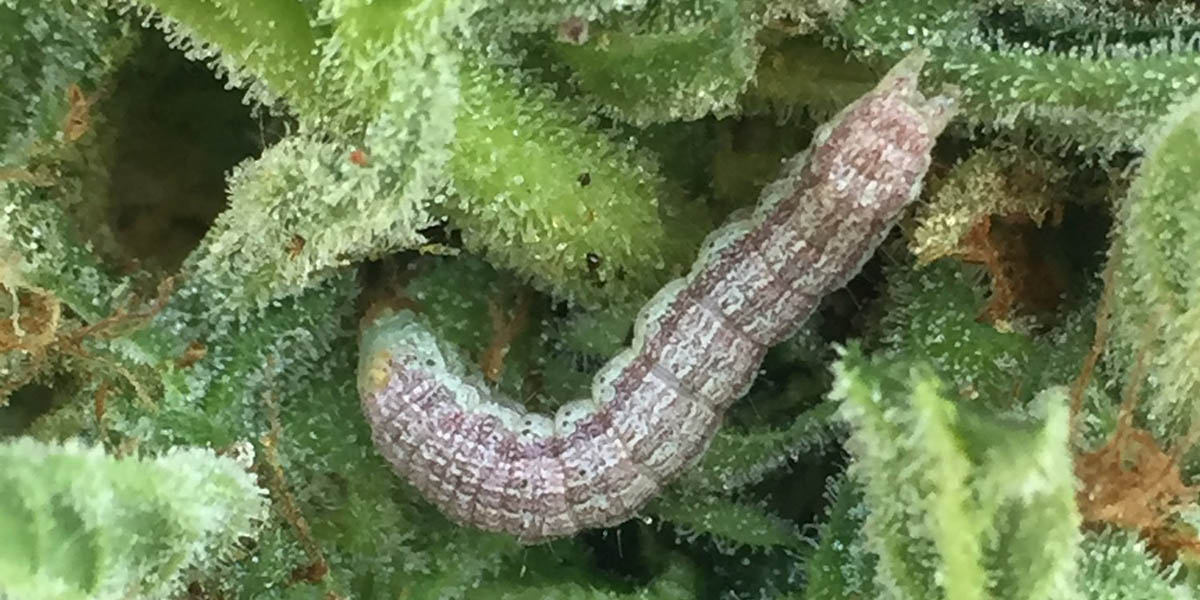
Caterpillar Management - Identification and IPM Practices - Cannabis Horticultural Association
Fall is here and so are the caterpillars, at least in Northern California. We have documented numerous instances of caterpillar damage and can officially say
 cha.education
cha.education
----
IPM:
* Knockout solution: use up to 4th week of bloom .Use limited amounts and use only if infected or known infection time of season in region /pest pressure ( traditional pesticides have limits and pest can become resistant )
1. Pyrethrum Aka Evergreen 5.0 aka 3x cheaper version of pyganic 5.0 (same thing made by same company just not organic approved label) = this stuff kills 200+ soft bodied. works great and safe like choice 2. key outdoors to not hurt bees is using direct spraying to ur plants and biggest suggestion for avoiding the bees is apply 30 min before sun is down.
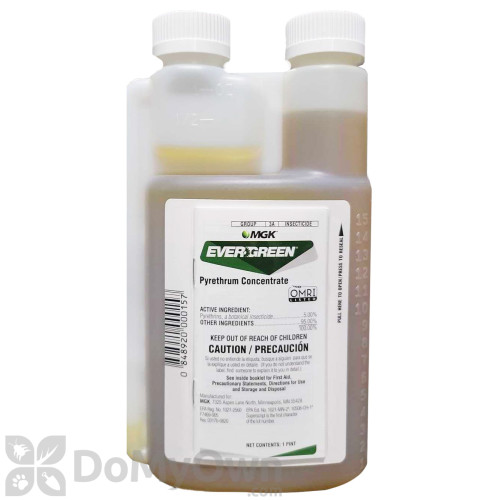
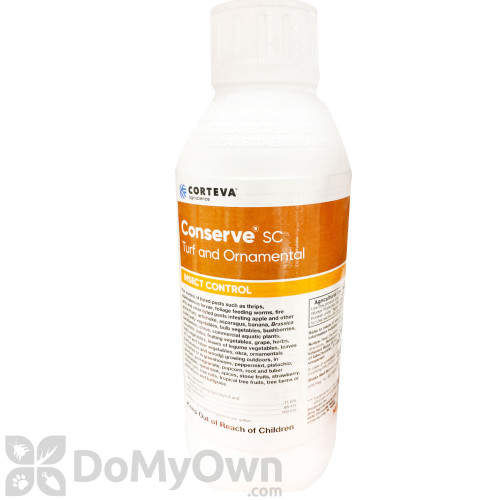
Conserve SC Turf and Ornamental Insect Control
Conserve SC Turf and Ornamental Insect Control
* Biological pesticide Is the most important part of this IPM and they can be mixed with knockout and in-between sprays to make ur knockout last use only the biological.
Product I suggest Dipel Pro DF aka Bacillus thuringiensis, subsp. kurstaki, strain ABTS-351
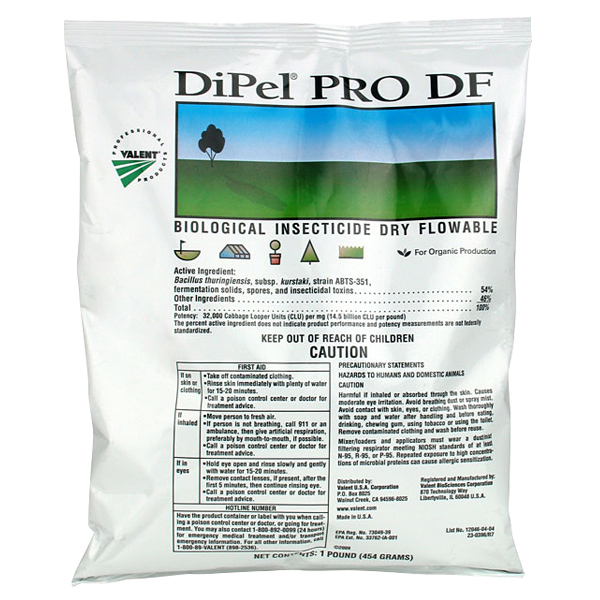
DiPel® PRO DF
Dipel PRO DF is labeled for use on Turf & Ornamentals and Dipel DF is labeled for use in Crop Production, but they both contain the same bacillus in the same amount. DiPel PRO DF is an OMRI Listed biological insecticide for control of caterpillars and moths. It uses the Bacillus...
www.arbico-organics.com
* having a multi brand knockout option and also a Biological pesticide this not only defends you from main pest discussed on this thread but your main pest of cannabis and 200+ soft bodied . key is keeping your pest pressure at bay and also never allowing pest to want to be there.
* another issue like any pest is making sure you are spraying full coverage over all the leafs vs having droplets and not full coverage. many people also try to use hand pump sprayers and the results def will show that it is very hard to get full coverage but also wasteful. once I switched to a better batter operated sprayer = solved all issues. if outdoors I suggest getting a nice paint sprayer and using it only for IPM/gardening. not only will it pay for itself in savings of foliar but the ability to spray a 10ft + plant fully np amazes me everytime
Outdoor sprayer/big plants ,I use for outdoors (5+ years, 100ft hose) , can use it a 5 gal bucket NP
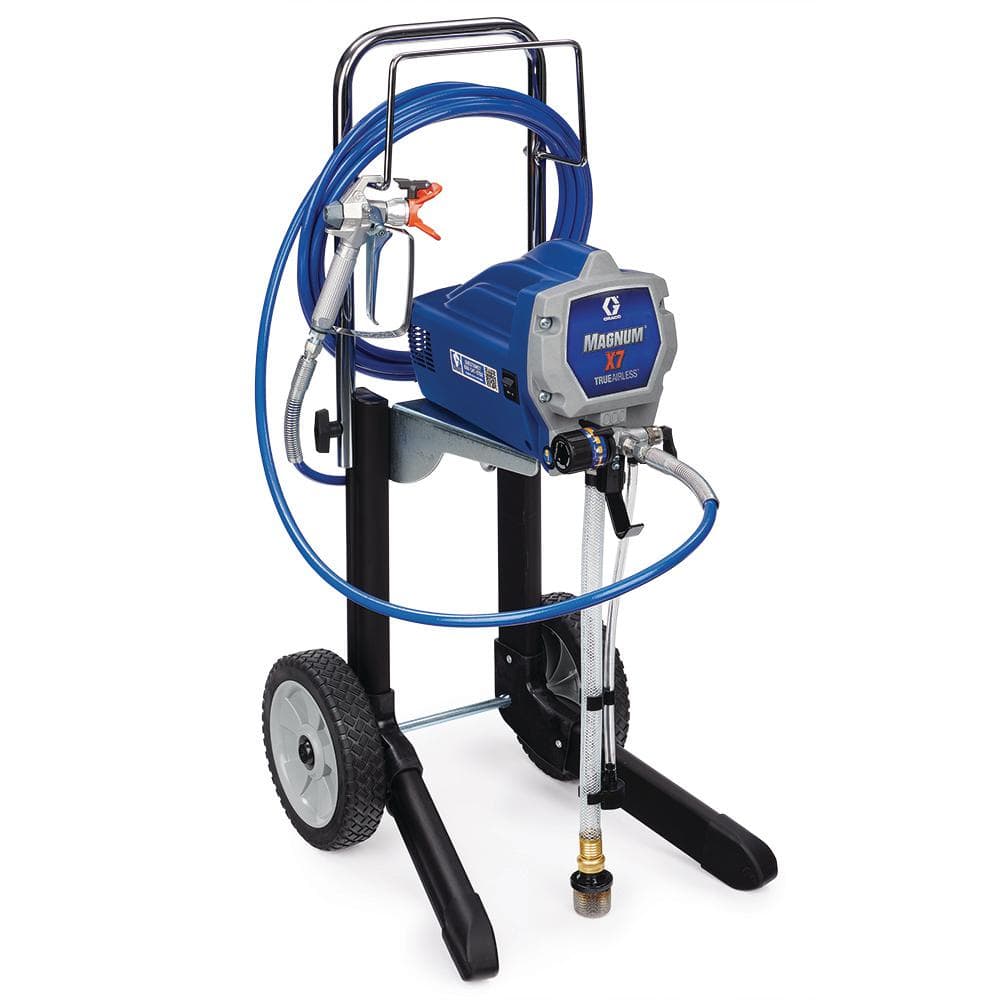
Graco Magnum X7 Cart Airless Paint Sprayer 262805 - The Home Depot
Get a great coverage of interior walls and ceilings, outdoor siding, decks and fences with this Graco Magnum X7 Airless Paint Sprayer.
www.homedepot.com
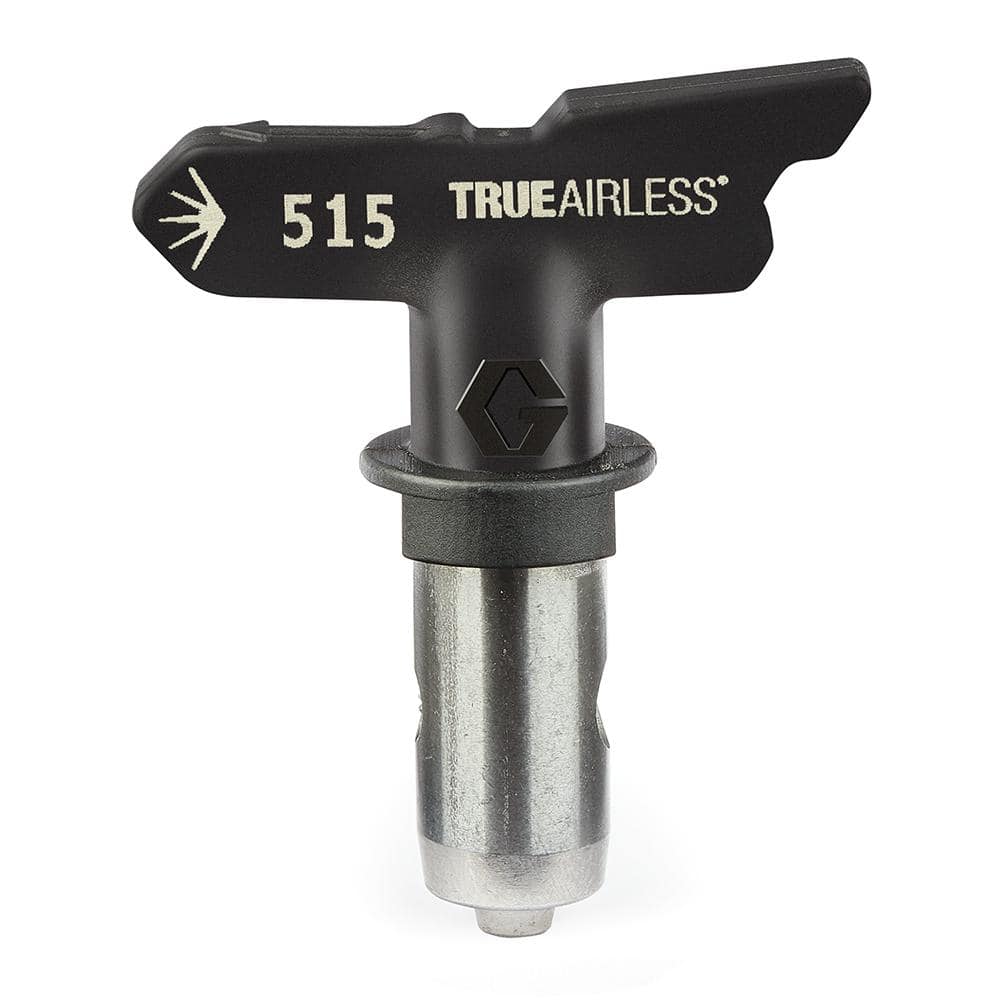
Graco TrueAirless 515 0.015 Paint Sprayer Tip TRU515 - The Home Depot
Keep your sprayer in peak working order for years to come with the selection of this Graco TrueAirless 515 Tip.
www.homedepot.com
Best indoor sprayer ( only 80 bucks and includes battery and tip) I can do 20 gal before battery recharge but the spray mist is perfect for indoors and small outdoor plants. super well built and game changer! prolly one of the best investments I can say!

RYOBI ONE+ 18V Cordless Battery 2 Gal. Chemical Sprayer with 2.0 Ah Battery and Charger P2830 - The Home Depot
Maximize sheen and minimize moisture loss in your lawn with Ryobi ONE plus Lithium Ion Cordless Gallon Chemical Sprayer Battery and Charger Included.
www.homedepot.com
* another blind thing people don't do in foliar I would also suggest using a wetting agent for all products listed above ( I would use yucca extract)
* key with choosing just biological pesticide vs knockout in veg is knowing ur pest pressure but also how valuable is this towards end result on ur harvest . some regions have horrible caterpillars every season vs some regions its not a issue.
* If issues and pest pressure is horrible: use a shade cloth and make a sealed area